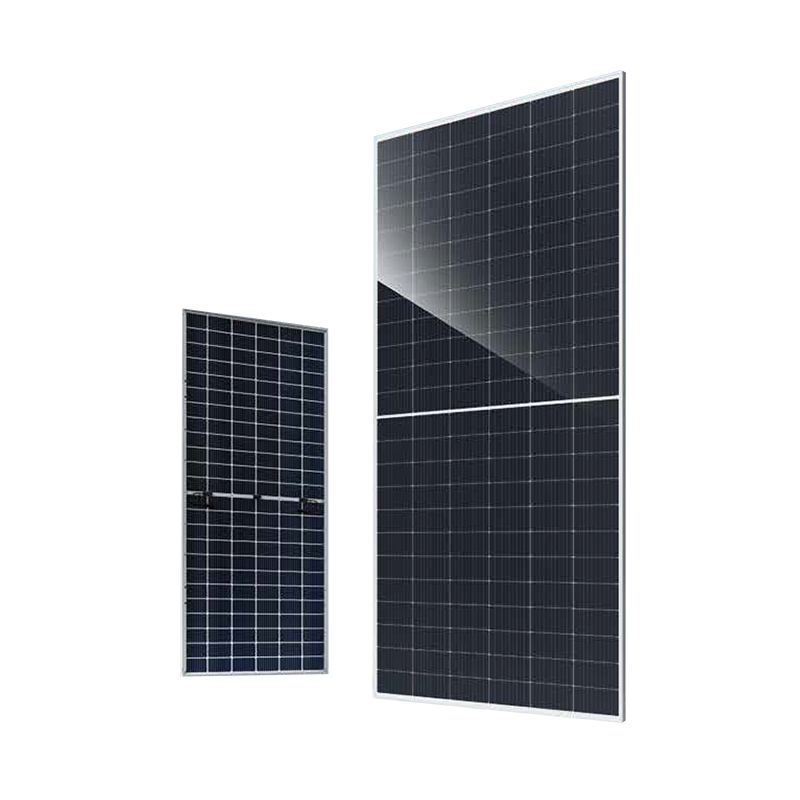
-
[email protected]

-
Building 1, No. 21 Shengfa Road, Lucheng District, Wenzhou, Zhejiang, China


The solar energy industry has seen significant advancements in the types of photovoltaic (PV) modules used to harness solar power. Three notable types of modules that have gained attention are PV bifacial modules, hybrid solar modules, and crystalline PV modules.

PV bifacial modules are a relatively new addition to the solar technology landscape. Unlike traditional solar panels, which capture sunlight only on one side, bifacial modules are designed to capture sunlight on both the front and the back. This dual-sided design allows the modules to generate additional power from sunlight reflected off the ground or surrounding surfaces, effectively increasing the total energy output.
The primary advantage of bifacial modules is their increased energy yield. By capturing reflected sunlight, they can produce more electricity than traditional monofacial modules under the same conditions. However, the performance of bifacial modules depends heavily on the installation environment. For instance, reflective surfaces, such as light-colored roofing or snow-covered ground, can significantly boost the performance of these panels. Their efficiency also depends on the angle and orientation of the panels, as well as the tilt of the surface.
Hybrid solar modules combine the functionality of traditional solar panels with additional technologies, typically integrating energy storage or thermal systems. One popular form of hybrid solar technology includes modules that incorporate both photovoltaic cells and thermal collectors. These hybrid PV-T modules not only generate electricity but also capture heat, which can be used for water heating or space heating applications.
The hybrid design aims to optimize the overall efficiency of solar energy systems by addressing both electricity and thermal energy needs. The key benefit of hybrid modules lies in their ability to provide a more comprehensive solution for energy generation, especially in residential or commercial buildings where both electricity and thermal energy are required.
Crystalline PV modules are the most commonly used type of solar module. They are made from silicon crystals, which are either monocrystalline or polycrystalline. Monocrystalline silicon modules are known for their high efficiency, as they are made from a single, continuous crystal structure. On the other hand, polycrystalline modules are made from silicon crystals that are melted together and are generally more affordable but less efficient compared to monocrystalline panels.
The main advantage of crystalline modules is their well-established technology and widespread availability. They are highly reliable, with a proven track record for durability and longevity. The efficiency of crystalline PV modules has steadily improved over the years, making them a solid choice for both residential and commercial solar installations.
Although crystalline modules are widely used, they still face some limitations. They require a significant amount of space to generate substantial energy, especially the less efficient polycrystalline types. This makes them less ideal for locations with limited space or those seeking to big energy production within a small footprint.
Each of these three types of solar modules—bifacial, hybrid, and crystalline—has distinct features that make them suitable for different applications. PV bifacial modules excel in environments with reflective surfaces, providing higher energy yields. Hybrid modules offer the advantage of generating both electricity and heat, making them ideal for systems that require both forms of energy.
Your email address will not be published. Required field are marked*
